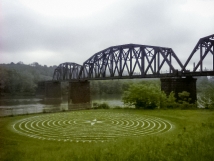
Lorraine Vullo
-
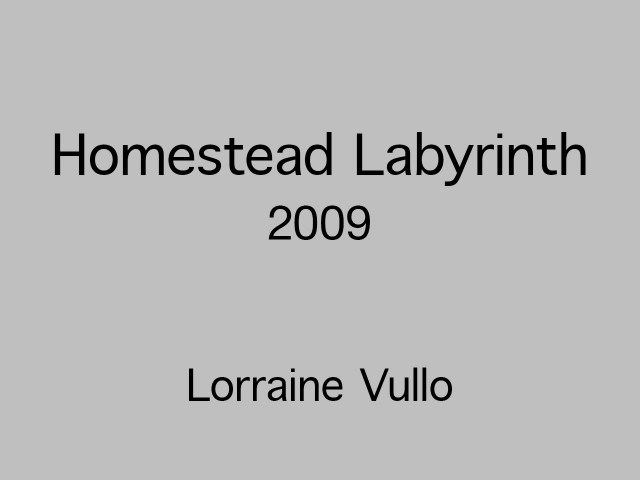
Homestead Labyrinth
-
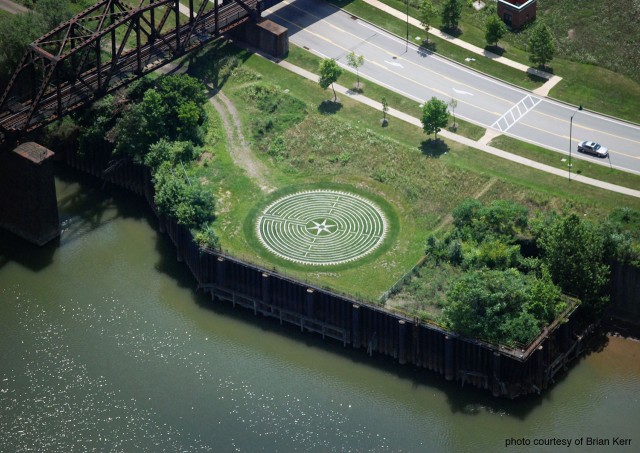
Homestead Labyrinth - aerial
-
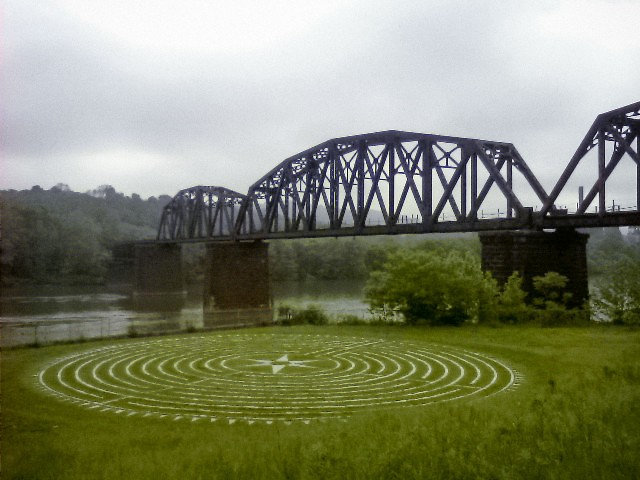
Homestead Labyrinth
-
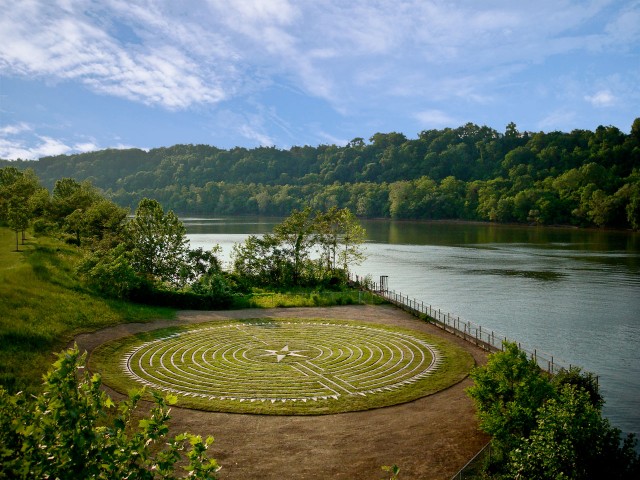
Homestead Labyrinth
-
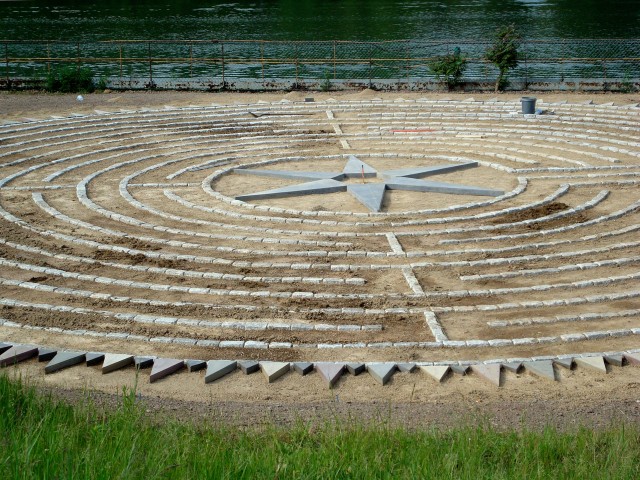
Homestead Labyrinth
-
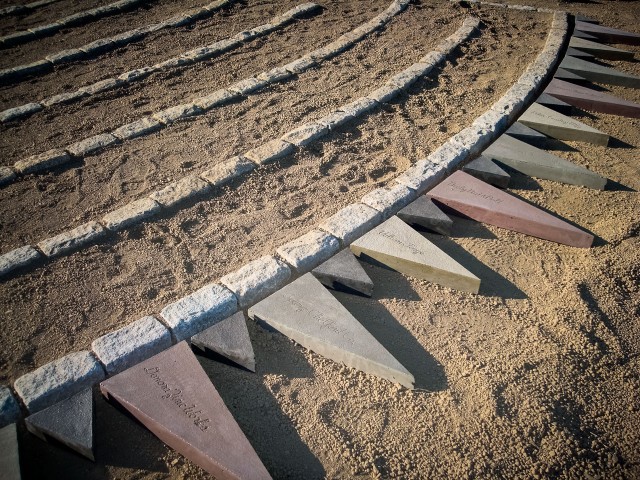
Homestead Labyrinth
-
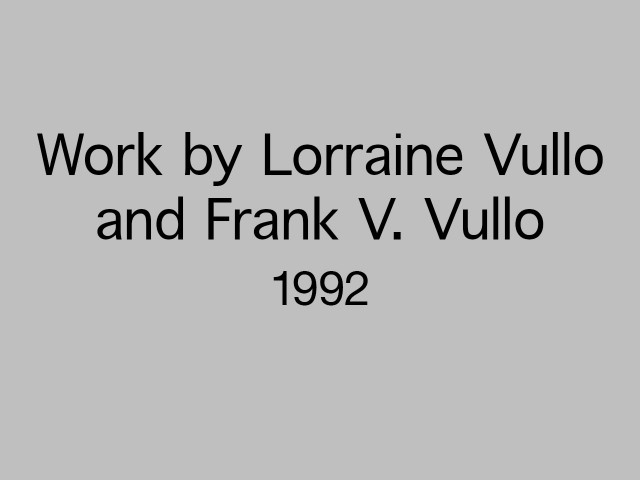
Work by L Vullo and F Vullo
-
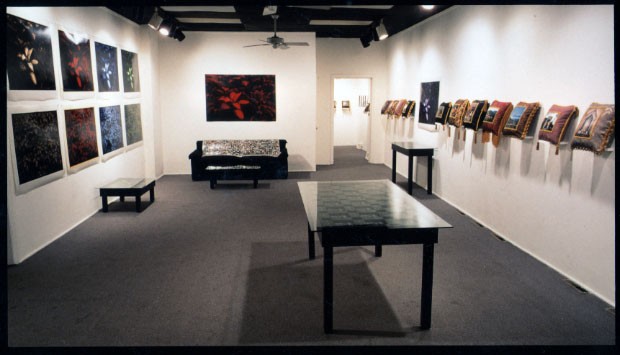
Work by L Vullo and F Vullo
-
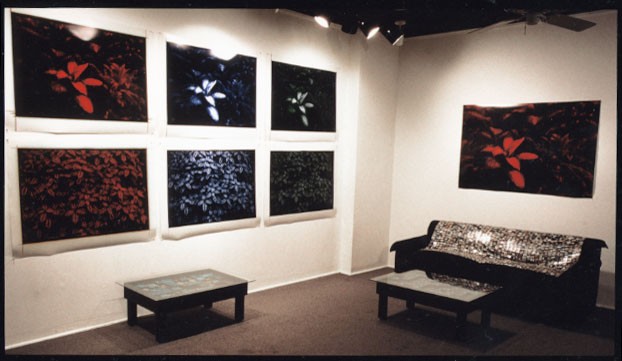
Work by L Vullo and F Vullo
-
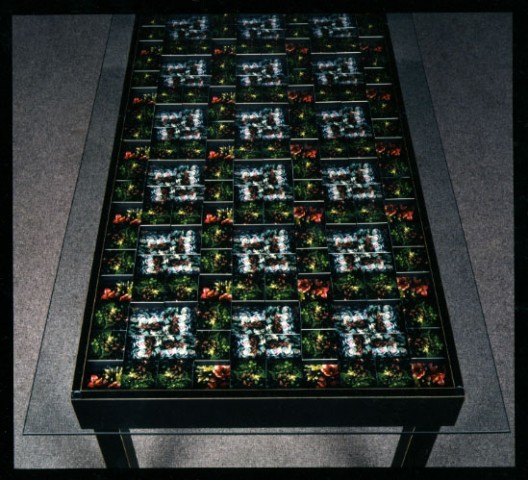
Work by L Vullo and F Vullo
-
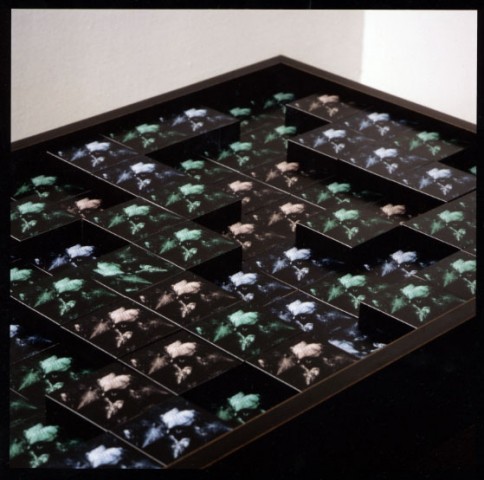
Work by L Vullo and F Vullo
-
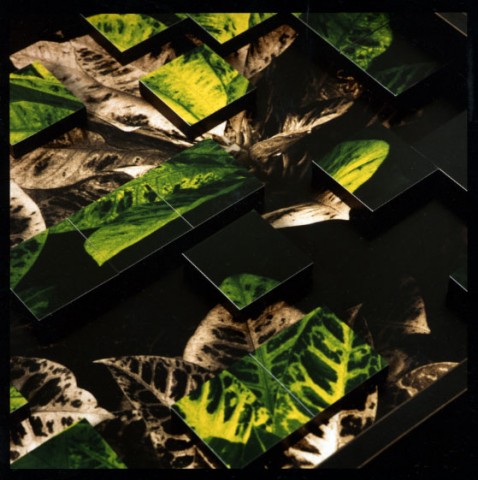
Work by L Vullo and F Vullo
-
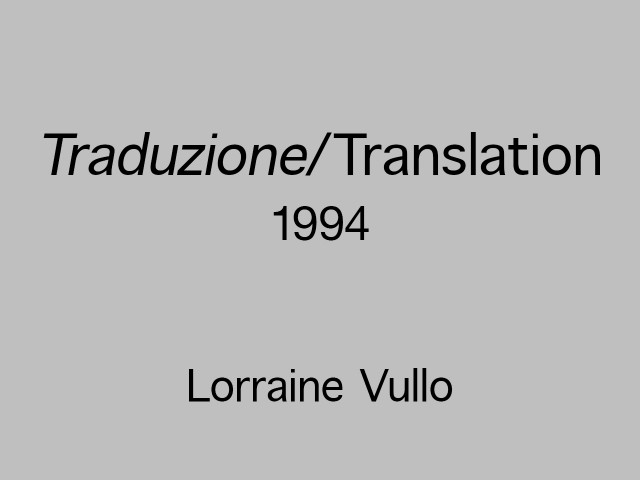
Traduzione/ Translation
-
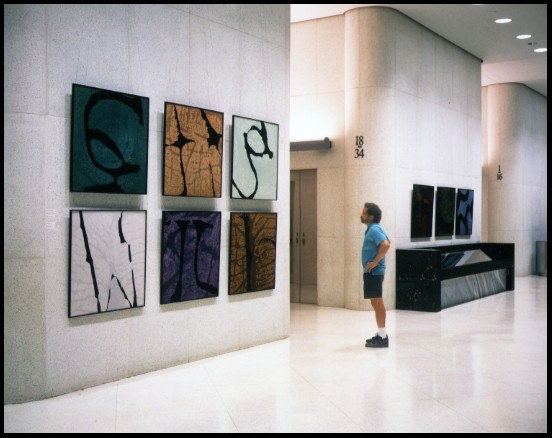
Traduzione/ Translation
-
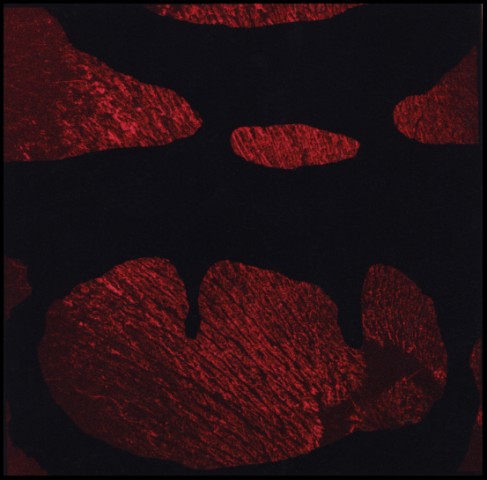
Angoscia/ Anguish
-
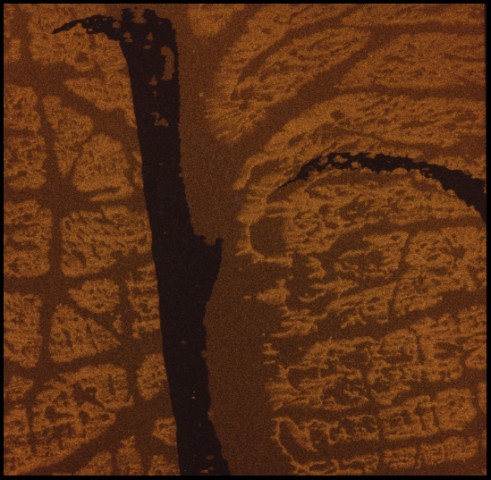
Bramare/ To Long For
-
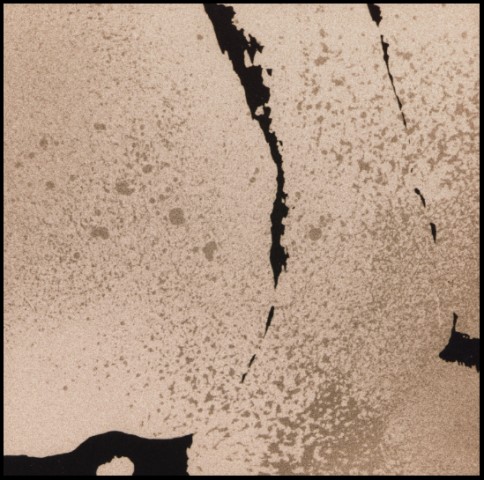
Compassione/ Compassion
-
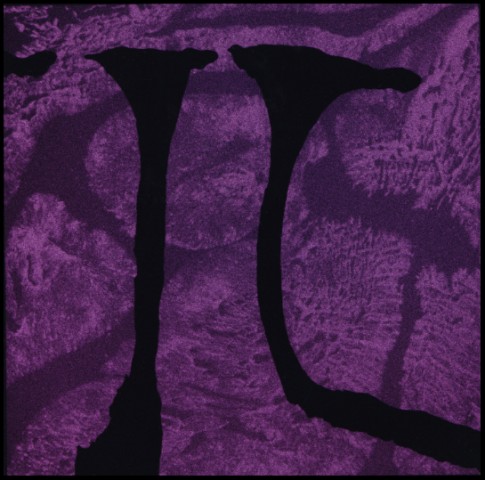
Estasi/ Ecstasy
-
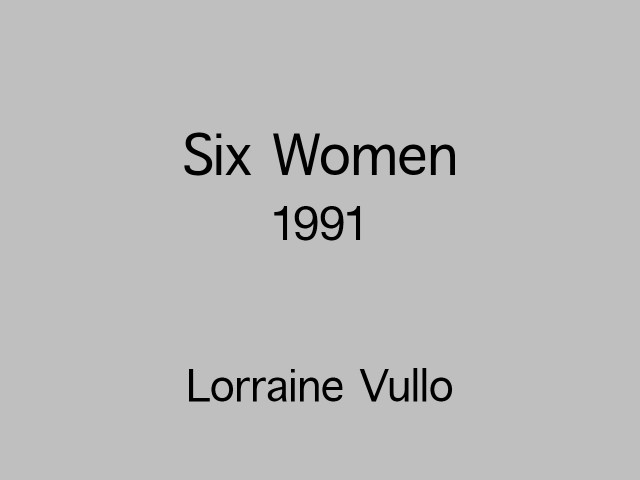
Six Women
-
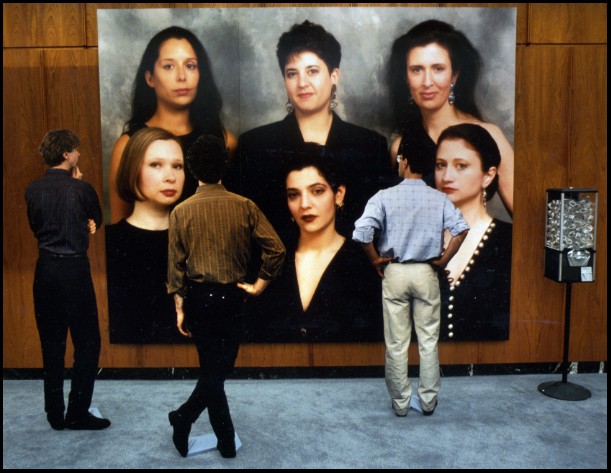
Six Women
-
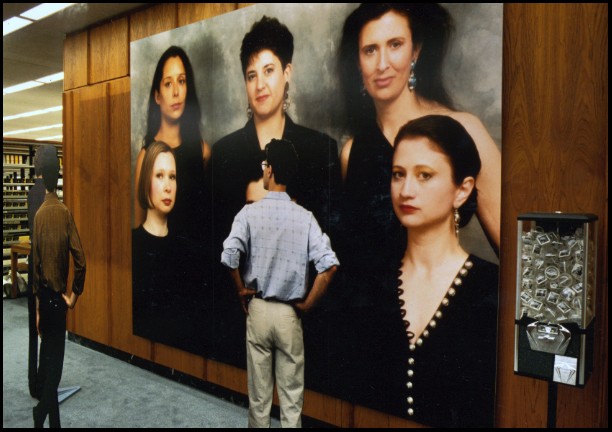
Six Women
| Artistic Category | Artist |
|---|---|
| Career Level | Professional |
| Experienced With | Collaboration, Commissions, For-hire services, Lectures, Public art |
I find silence in beauty and beauty in silence. As a visual artist I feel there are no limitations with the materials I use. I can use everything or very little. Creating art is my passion and my voice.
Over the past 30 years I have received numerous grants and awards. My work is in museums, collections, libraries, and publications in the U.S. and abroad.
Lorraine Vullo
Extended Artist Statement and Biography
I find silence in beauty and beauty in silence. As a visual artist I feel there are no limitations with the materials I use. I can use everything or very little. Creating art is my passion and my voice.
I have lived and worked as an artist in Pittsburgh since 1977. Originally working in photography, both as a fine artist and as a professional in a custom commercial lab, I began exhibiting in 1978, transforming two dimensional photographic work into installation and sculpture, including life-size installations and configurations combining real and photographic situations. For the past 30 years I have continued to explore the relationship between photography and sculpture, in various mediums, to generate large-scale works.
Soon after I started working as an artist, ten friends and I founded Blatent Image Gallery (now called Silver Eye Center for Photography), and, serving as a board member for both organizations, we brought international photography to Pittsburgh, hosting programming and exhibitions with artists both locally and from various countries. At that time most major museums were still not showing fine art photography and we worked together as a community of photographers to share and support each other; this philosophy extends into all of my work – collaborations and relationships are important to me. I believe they are the heart of the creative process, and this is why installation art and public art resonate with me.
In 1988 I received a Creative Advancement Award as an Emerging Artist in Pittsburgh, and used the funds to travel to the village in Italy where my grandfather emigrated. I connected with my heritage, and returned every year for the next ten years, establishing myself as an artist abroad in the process, making and installing work in villages around my family’s hometown. In this regard, the concept of “place”, in this case stemming from my personal heritage and ethnicity, is an integral aspect to my process of making and developing bodies of work - the place itself that infuses the sensibility of the work and my creative responses to the installation process.
Over the past 30 years I have received numerous grants and awards, and my work is in museums, collections, libraries and publications in the U.S. and abroad.
I find the spirit of my work in the details. I work hard to find the right people to answer my specific questions on a project and with whom to collaborate. For example: when creating the Homestead Labyrinth (2009), a 68-foot diameter installation in Homestead, made of stone, concrete, and earth, the success of the project depended on much more than building the eleven rings of the labyrinth. I found a new appreciation for production schedules and municipal procedures, for resourcefulness and heavy equipment. I put the discipline of my hard work to ensuring the safety of all who worked on the project, from identifying the absence of gas & electric lines or other hazards at the site, as well as in researching deeply into the steel heritage of our region, and developing expertise pouring concrete.
The Homestead Labyrinth opened in 2009, after years of preparation, fund raising and three solid weeks of construction on site. The labyrinth is a traditional 11- ring, medieval labyrinth. Instead of the traditional ‘lunations’ which surround a labyrinth, I made hand-colored and engraved concrete triangles of three sizes. Each size represents one of Pittsburgh’s three rivers. Each is engraved with the name of a steel mill, blast furnace or foundry that was once located or still located on the rivers. The entrance to this labyrinth, instead of the traditional west-facing direction (so the person entering it faces east), faces 123 degrees ESE, the location of the sun when my son was born. I designed every aspect of the labyrinth, did all of the fundraising, made and engraved the triangles (with massive help from Tom Underiner) located all of the materials, and with a team of four people- Preston Allen, Ed Lewis, Michael Picarsic III, and myself (I also acted as the project manager)- built the installation in three weeks. The labyrinth is located on land owned by Rivers of Steel National Heritage Corporation, and who acted as fiscal agent for the project.
In August 2007 I became the visual arts director for the non-profit organization, Artistic Excellence International Educational Exchange (AEIEE). We worked with talented at-risk adolescents. Auditions for the youth focused on visual arts, music, and dance. This group of youths formed the Artistic Youth Ambassadors of Pittsburgh. They received two private lessons per month in voice, dance, an instrument, or visual arts. Each year there was a performance in Pittsburgh. Our group developed ideas and experience about leadership, becoming world citizens, and exchanging ideas. We also raised money to travel outside of the United States for performance and cultural exchange. Most of the young members of our group had never previously travelled outside of Pittsburgh, so it was a tremendous opportunity for them. We travelled to Spain, France, England and Italy. In 2007 while in England, the group did a workshop with a Performing Arts Middle School in Suburban England and then went to another school and did two performances. In 2008 while in Italy the group did a workshop with adolescents from a science-based high school in Rome. They then went to the American Embassy in Rome and performed
In 2008 I was again in Italy and had the good fortune of working with two archeologists who were digging at a site near the village where I stay. During my time at the site I uncovered the floor of a small medieval house, which was a huge thrill, even more exciting was when the archaeologists realized I had also uncovered a stone road leading up to the house that was built in approximately 1400 BCE. Because of my meticulous work, they have invited me back to work with them.
From 2003 through 2006 I collaborated with artist Michael Picarsic III on two exhibitions and a book entitled “Recrudescence.” Every Sunday for several months we would go to work at the site of a steel mill that was razed in the 1980s, which is now the SouthSide Works Residential and Retail Complex. We built sculptures from the remains of the steel mill. Together we built pinhole cameras from some of the discarded materials. We then photographed the sculptures with the pinhole cameras and left the sculptures to be found by passersby. We also removed steel, bricks, rocks etc. back to our studios and created more (and more permanent) sculptures. The film that was processed from the pinhole cameras was used to make Van Dyke Brown prints. We mixed our own chemicals to create a photographic emulsion of our images on watercolor paper. We then hand-made archival paper, from scraps of museum board donated to us by the Carnegie Museum of Art, on which to mount the Van Dyke prints.
Some of the images from the Recrudescence project caught the attention of the art critic Donald Kuspit, who juried our work into a group show at the Chautauqua Institution in New York State. We asked him, and he agreed to write the introduction for our book of the Recrudescence photographs and sculptures. The critic Graham Shearing also contributed an essay. To retain artistic control over the project, I enlisted the help of my friend Preston Allen, and together we scanned, designed, and produced the layouts and eventually produced a 74-page book of the entire project, entitled, simply, “Recrudescence. This book is sold in major bookstores, on Amazon.com, and the Carnegie Museum of Art, as well as at other galleries and bookstores. The Carnegie Library, The American Embassy in Rome, and several libraries in England and Italy have the book in their official collections. While traveling I usually take copies of the book to place surreptitiously at different sites. Some of the places where I left a copy of Recrudescence on shelves are the Royal Palace, Madrid Spain in their book and gift shop, the Louvre Museum bookstore in France, a small bookstore in Paris, Doge’s Palace, Venice, in their bookstore and gift shop, at the Coliseum in their bookstore (Rome), and at an International bookstore in the Stazione Termini, Rome’s main train station.
In 1999 Artists Images Resources at the Foreland Street Studio invited me to produce a body of work. Master printers Ian Short and Bob Beckman worked closely with me and taught me how to make aquatints. The resulting suite of aquatints, “Simon’s Breath,” consists of 16 abstract images of my son, Simon. I photographed him while he was sleeping and then went through the dozen or so steps necessary to transfer the images to zinc plates and make the aquatints. It is amazing the magic that can be made with a zinc plate, watercolor paper and oil paint.
In 1996 my son was born. Though I continued to make artwork, my priorities changed and my focus turned to being with him. One of my most personal projects took five years to make. I have not publicly exhibited this body of work. My son was born on a Monday at 8:54 AM. For the next five years I photographed him every Monday at 8:54 AM. The last Monday was Monday, September 10, 2001 while we were in the car travelling to the airport in Rome to catch a flight back to Pittsburgh.
In 1995 I was the only American artist invited to show her work in an exhibition and conference of European female artists in Prato, Italy, curated by Vittoria Ciolini. My installation Togliere: Scoprire /Revelare /Ricoprire (Removal:Uncover/Discover/Recover)was built and shown in Prato, and then rebuilt and shown in Pittsburgh at Wood Street Galleries.
In 1993 I was asked by the community of Jelsi, Italy to document a festival they have each year dedicated to S. Anna (Saint Ann). This festival, Sagra del Grano, has taken place since 1805. They believe Saint Ann saved their village from total destruction during an earthquake in 1805, when all the surrounding towns except Jelsi were destroyed. Each year they hold a parade where the majority of the families make Le Traglie, or “floats” made of wood and grain. At the end of the festival the floats are dismantled and the grain is given to families in need. The floats range in designs from making animals to political statements. The over 100 photographs in this body of work were displayed in Jelsi the following year. I then gave it to the community. It is the village’s only complete photographic documentation of their annual festival.
In 1991 I had the great pleasure of collaborating with my father, Frank Vincent Vullo of Buffalo, NY, for an exhibition at the Carson Street Gallery in Pittsburgh. My father is the driving force instilling in me the idea that one works to his or her ability, or does not do the work. He designed and built six black Formica tables with four-inch beds. I filled these beds with three-inch square photographs, mounted on blocks of wood of varying heights. The result for each table is a dimensional mosaic underneath a thick glass tabletop. Another part of the exhibit was photography. My father was in the Navy and in the third week of July, 1948 he was in Rome. He photographed major sites: The Coliseum, Piazza Venezia and St Peter’s Square in the Vatican City. In 1988 I travelled to Italy for my first time. In the third week of July I went to the same sites as my father. I carried copies of his photographs and recreated the same images. We printed the photographs– his and mine– and mounted them in the same frame. These photographs create an extraordinary connection between us. In 2008 I was again in Rome, this time travelling with my son, Simon. It was the third week of July and he photographed the same sites as my father and I. So, it was Frank 1948, Lorraine 1988 and Simon 2008, all standing in the same spot, photographing the same image. For me, the power of the three images together is a cherished body of work.
From 1987 through the early 90’s I served on the Three Rivers Arts Festival Visual Arts Advisory Board. I had the opportunity to meet and help build the installations of some leading national visiting artists, including Vito Acconci, Mel Chin, Doug Hollis, Jock Reynolds, Nancy Rubens, Kim Adams and others.
In 1989, the Carnegie Museum of Art commissioned an installation for their Permanent Collection, entitled “Six Women.” Until recently it was on loan and on exhibit at Hillman Library of the University of Pittsburgh.
Though none of my work is about a specific country, traveling has made me more specific in my work, and broader in my perspective. I have connected with some wonderful people, and some awesome spaces. Which keep me wondering, and in awe. Which keeps me creating.
Links
Genres
- Artist Books
- Found object
- Installation
- Mixed-media
- Photography
- Printmaking
- Public Art
- Sculpture
Keywords
- Abstract
- Alternative
- Conceptual
- Concrete / cement
- Digital
- Etching
- Land/earth
- Site specific
